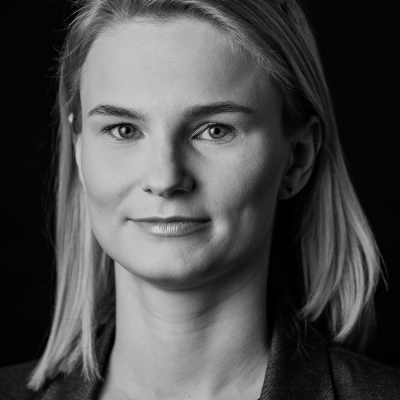Battle with counterfeiters may get easier
30.09.2010
intellectual property
More and more pirated goods are being seized by customs officials, according to this year’s report from the European Commission on enforcement of intellectual property rights by EU customs officials.
In 2009 EU customs agents conducted 43,500 interventions at external borders of the European Union, involving several million products suspected of being counterfeit or pirated.In the past, infringement of intellectual property rights mainly involved luxury goods, but now the most often counterfeited items are cigarettes and other tobacco products, clothing, toys and medicines.
The growing number of counterfeit goods flowing into the EU increases the need for effective customs protection of intellectual property rights. The possibility for such protection at EU borders is offered by Customs Regulation 1383/2003.
“Before customs officials can act, the holder of intellectual property rights must file an application for customs protection under the national or EU procedure,” explained Włodzimierz Szoszuk, a senior partner at Wardyński & Partners who heads the firm’s Intellectual Property practice group. “It is a very effective tool, and the number of applications filed is rising every year. On the basis of the application, the customs authorities will seize suspicious goods and notify the right-holder or its attorney. The right-holder may then file a claim in court against the importer. An alternative provided for in Customs Regulation 1383/2003 is the simplified procedure, which authorises destruction of seized counterfeits, with consent of the importer, under customs supervision. Given the cost and duration of court proceedings, this is an effective and frequently used solution.”
Under EU rules, an application for customs action may be filed by such persons as the holder of a trademark, copyright or related right, design right, patent, supplementary protection certificate, plant variety right, protected designation of origin or protected geographical indication, as well as other authorised users (such as a licensee). An application may also be filed by collective rights management organisations or other representatives of the right-holder.
“A right-holder may have trouble, however, if the counterfeit or pirated goods are seized in another EU member state,” Szoszuk said. “That’s why, in May of this year, the Coalition Against Piracy of Intellectual Property was created. Our law firm is the only member of the coalition in Poland. The coalition is designed to provide trademark holders uniform customs protection all over the European Union. A company can contact a member law firm of CAPIP in its own country, and then take advantage of assistance from the CAPIP member firm in the EU member state where the pirated goods were seized. The advantage of this approach is the speed of action and the uniform fee schedule for legal assistance. It should make it easier to battle counterfeiters.”
